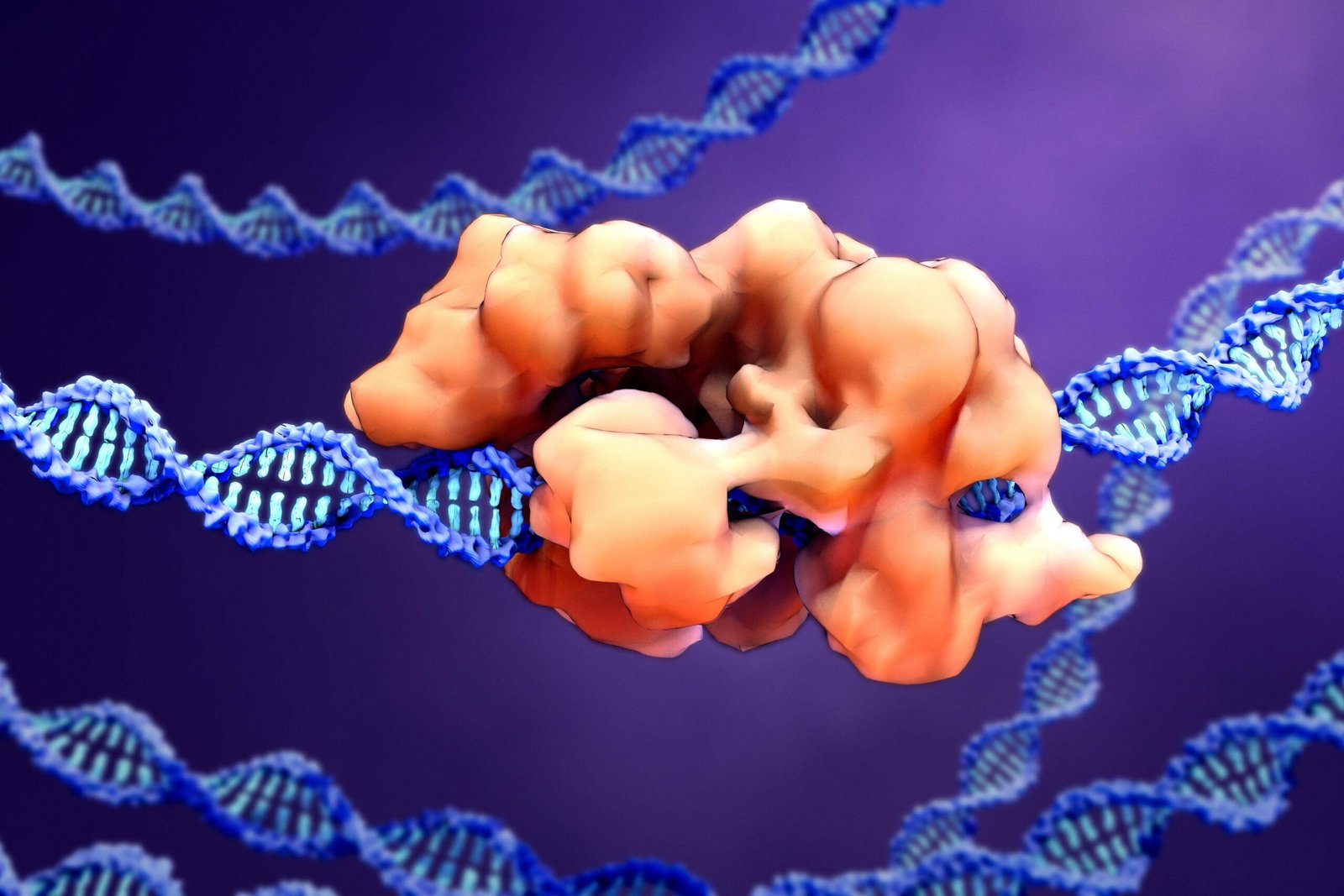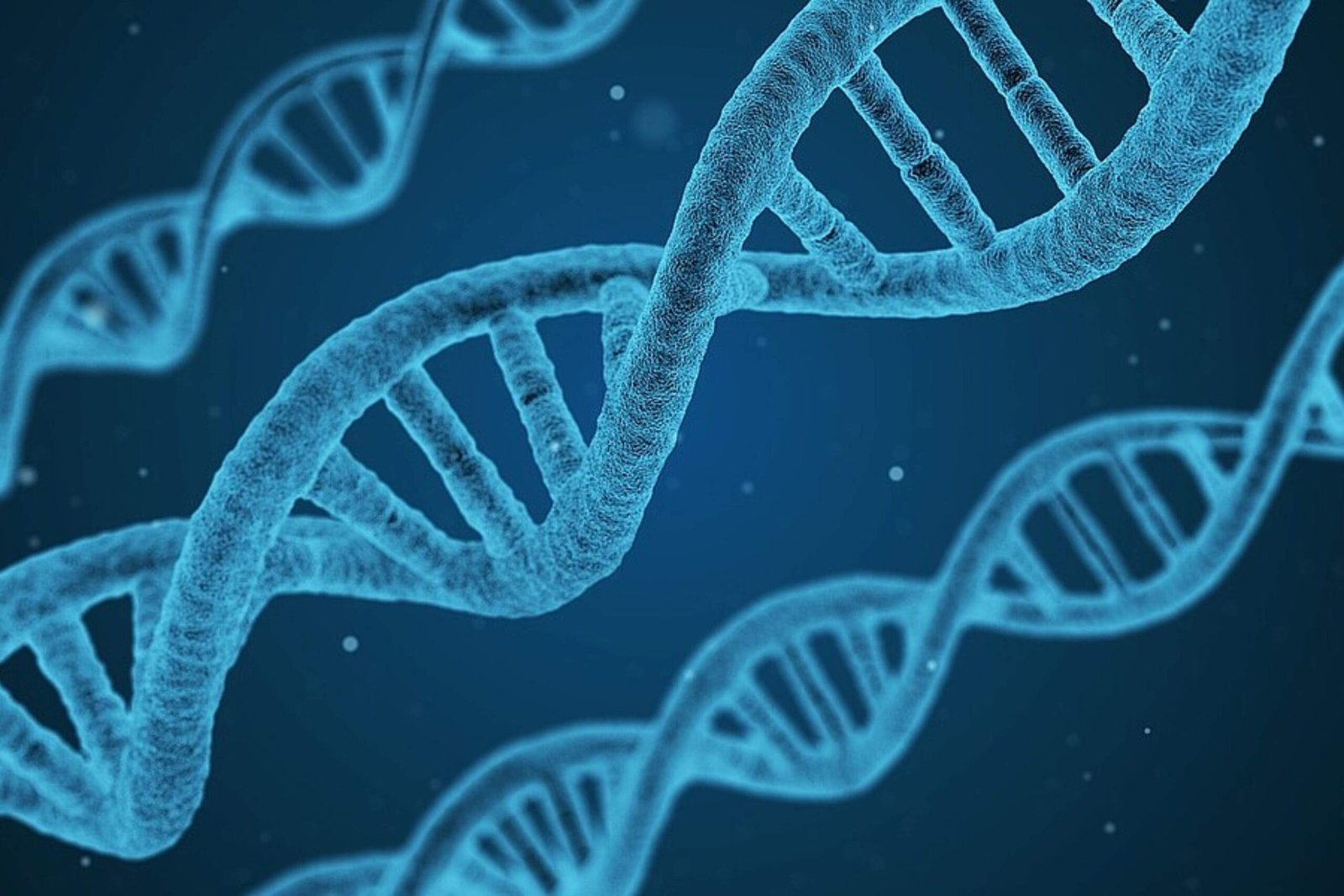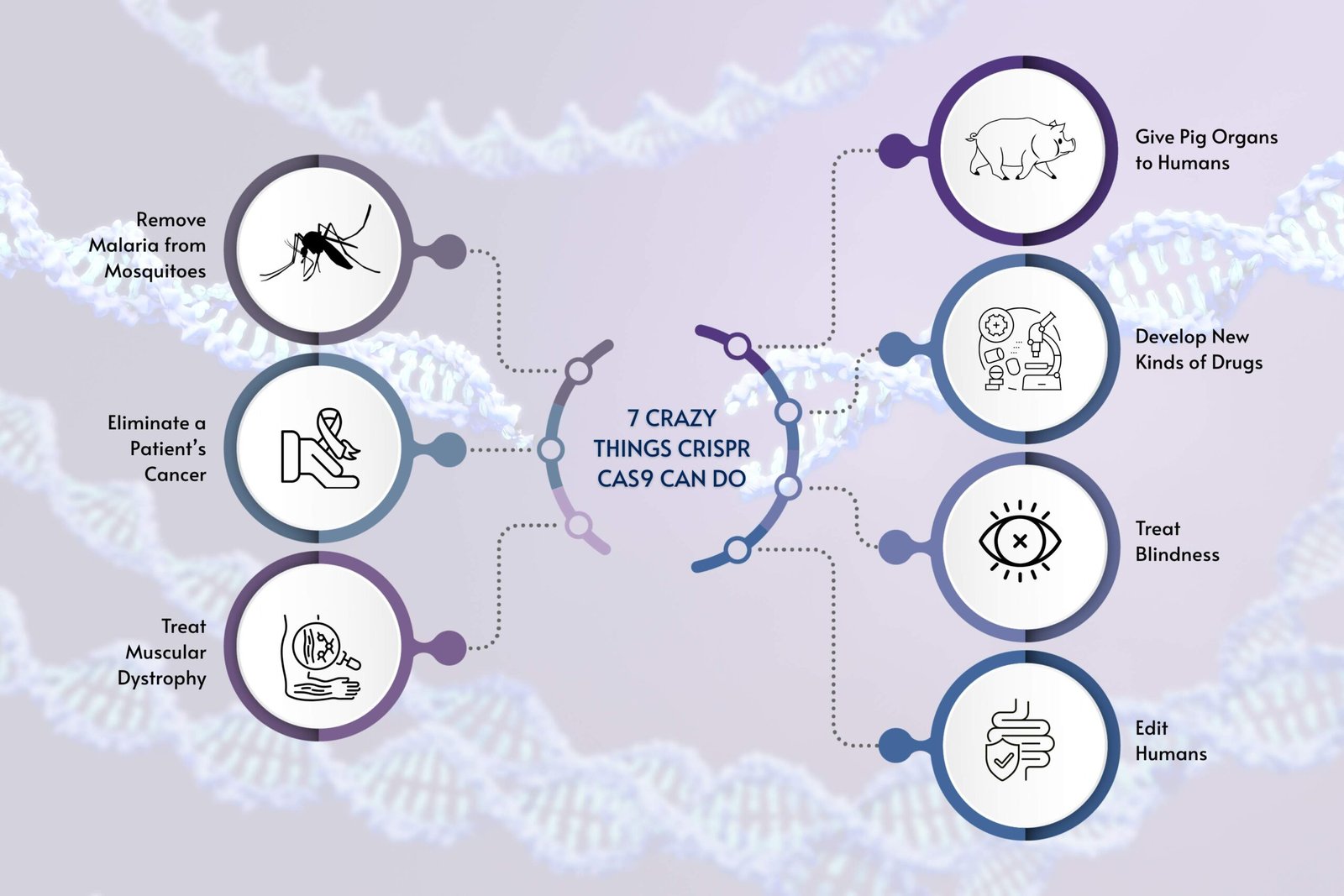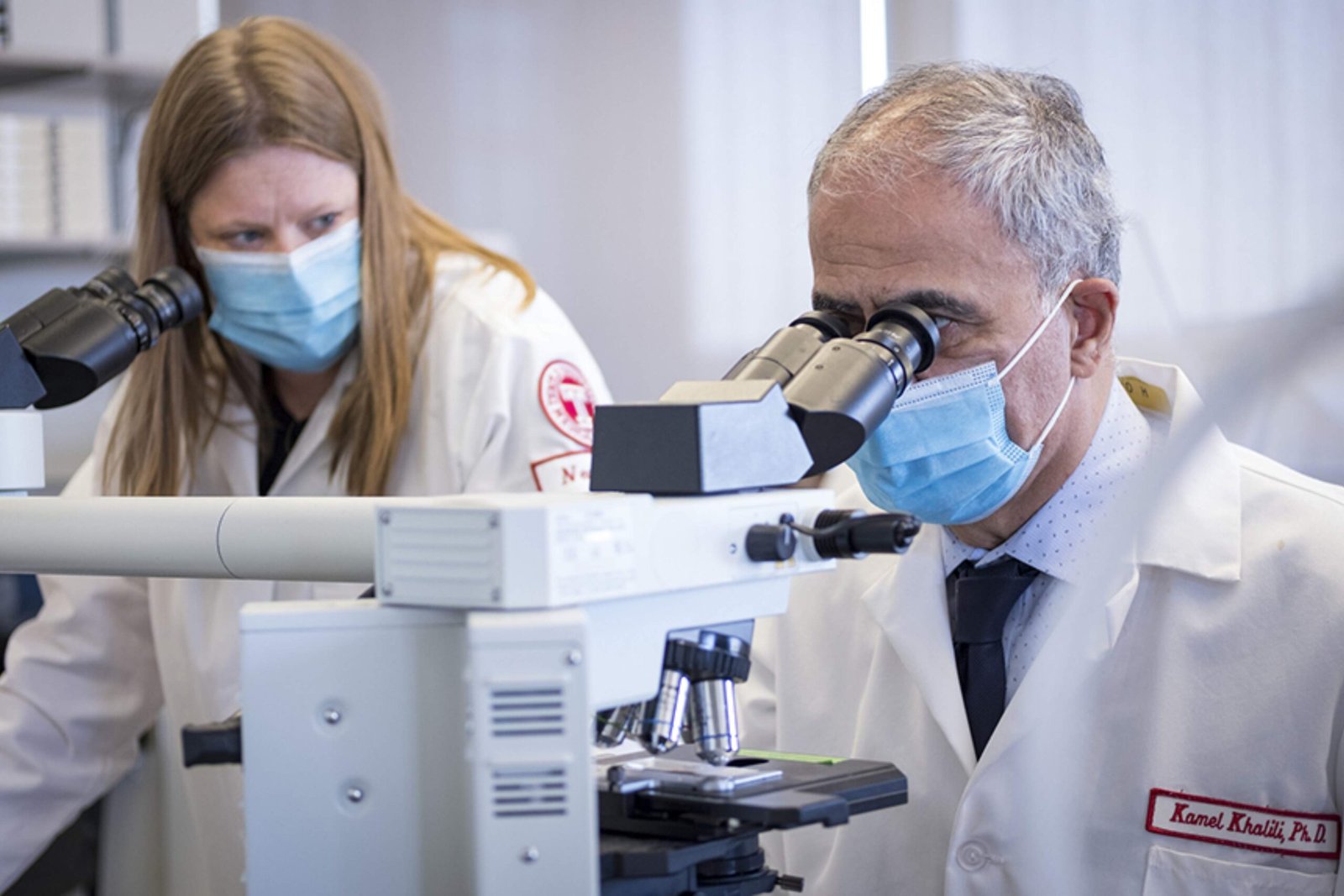What If You Can Edit DNA Like Text? The Surprising Facts about CRISPR Cas9
Can we rewrite DNA like Text? CRISPR Cas9 makes it possible, see 7 jaw-dropping things it can already do. It is a revolutionary gene-editing technology that allows scientists to exactly alter DNA, offering groundbreaking potential to cure diseases like cancer, muscular dystrophy, and HIV.

- Source: View more by Design Cells from Getty Images
What if you had the ultimate biological “find and replace” tool that could cut out faulty genetic code and smoothly replace it with new instructions, just like you do with text on your screen?
Think about a world where hereditary diseases could be repaired before they occur, or crops that would flourish in hostile environments. This isn’t science fiction, but the exciting reality that CRISPR Cas9 is bringing to life.
This ground-breaking technology, often referred to as CRISPR, is transforming our ability to manipulate DNA with ease and precision. The power of CRISPR is its simplicity and the capability as a tool beyond gene editing. It also promises to develop new therapies for diseases with high mortality impact, like cancer and cystic fibrosis, and to design new forms of agriculture.
We are in a time of great worry where understanding and controlling our biological destiny has never been more important. And tools like CRISPR Cas9 will encourage excellent thinking and conversation about the future of life itself.
Meet CRISPR Cas9: The Tiny Tool Changing Biology

How CRISPR-Cas9 Works?
The CRISPR Cas9 system uses two main components to make precise changes to DNA:
- Cas9 acts like molecular scissors. It’s an enzyme that can cut both strands of DNA at a specific spot.
- Guide RNA (gRNA) is a specially designed RNA molecule. It has a unique sequence that guides the Cas9 “scissors” to the exact location on the DNA that needs to be cut.
Here’s the process:
- The guide RNA finds and binds to its matching DNA sequence.
- Cas9 then follows the guide RNA to that precise spot and cuts the DNA.
- The cell’s natural repair mechanisms kick in to fix the cut DNA. Scientists can then take advantage of this repair process to add, remove, or change specific pieces of DNA.
Source:
- https://medlineplus.gov/genetics/understanding/genomicresearch/genomeediting/
- https://www.yourgenome.org/theme/what-is-crispr-cas9
7 Crazy Things CRISPR Cas9 Can Do
CRISPR/Cas9 is a futuristic gene-editing technology that is the key to a number of medical breakthroughs. Here are 11 things we could achieve with CRISPR or already have:

1. Remove Malaria from Mosquitoes
Scientists used CRISPR to create malaria-resistant mosquitoes. They removed a DNA segment and replaced it with engineered DNA containing two genes that provide resistance to the Plasmodium falciparum parasite. These modified mosquitoes passed on the resistance to 99% of their offspring, offering significant hope against malaria.
2. Eliminate a Patient’s Cancer
In a remarkable medical first, an infant battling severe lymphoblastic leukemia was cured using TALEN, a gene-editing tool similar to CRISPR. After conventional treatments failed, doctors genetically altered a donor’s immune T-cells. These re-engineered cells were able to effectively target and destroy the leukemia without harming the patient’s body, successfully eradicating her cancer.
3. Treat Muscular Dystrophy
Duchenne muscular dystrophy (DMD) is a fatal genetic disease caused by a mutation preventing the body from making dystrophin, a vital muscle protein. Since DMD stems from a single gene defect, CRISPR/Cas9 is an ideal target. Recently, researchers successfully used CRISPR to edit and repair the dystrophin gene in lab mice, offering significant hope for a future treatment.
4. Give Pig Organs to Humans
A team led by George Church at Harvard Medical School recently used a complex CRISPR molecule to simultaneously edit an unprecedented 62 genes in pig cells. This significant leap forward in CRISPR technology aims to make pig organs suitable for human transplantation. The ability to rapidly make multiple, complex DNA changes opens new avenues for genetic engineering.
5. Develop New Kinds of Drugs
Drug companies are racing to develop CRISPR delivery methods for widespread therapeutic use. For instance, Bayer AG and CRISPR Therapeutics have launched a $300 million joint venture to research CRISPR-based treatments for heart disease, blood disorders, and blindness. This collaboration marks an aggressive new phase of research aiming for numerous potential cures.
6. Treat Blindness
CRISPR technology is showing immense promise in treating blindness. Researchers have successfully used it to correct a genetic mutation causing retinitis pigmentosa in mice, significantly improving their vision. Building on this, companies like Editas Medicine are already planning human trials to treat inherited eye diseases like Leber’s congenital amaurosis (LCA) with CRISPR.
7. Edit Humans
Gene-editing is already a reality, evidenced by the infant treated for leukemia with engineered T-cells. Scientists are pushing further, with proposals like genetically modifying human embryos to study early development and reduce miscarriages. While this raises “designer baby” concerns, the immediate future of gene-editing lies in combating diseases and other ailments.
Similar Articles:
- CRISPR Genome Editing: Unleashing Precision in Genetic Engineering
- Unlocking the Code of Life: Exploring Genome Editing and CRISPR-Cas9
Is It Safe to Edit Human Genes? Ethical Concerns about CRISPR Cas9:
The rise of CRISPR has increased the debate on human gene editing, focusing on its safety, ethics, and societal impact. Key concerns include potential off-target edits and mosaicism, leading to a consensus against using germline editing for reproduction until proven safe, despite its potential to address unmet medical needs.
Fears of a “slippery slope” towards genetic improvement and issues surrounding informed consent for future generations, along with potential exacerbation of health inequalities and new forms of social stratification, remain prominent.
Additionally, the use of human embryos in research sparks significant moral and religious objections, even as it’s deemed vital for understanding human biology.
Source: https://www.genome.gov/about-genomics/policy-issues/Genome-Editing/ethical-concerns
Real-Life CRISPR Success Stories:
1. CRISPR Breakthrough in HIV Treatment

Source: https://interestingengineering.com/health/scientists-remove-aids-causing-virus
2. World’s First Patient Treated with Personalized CRISPR Gene Editing Therapy at Children’s Hospital of Philadelphia
In a medical first, a baby with a rare genetic disorder, severe CPS1 deficiency, was successfully treated with a personalized CRISPR gene-editing therapy at Children’s Hospital of Philadelphia (CHOP) and Penn Medicine in February 2025. The infant, KJ, received a customized therapy designed to correct his specific gene variant, allowing him to now grow and thrive. This breakthrough, detailed in The New England Journal of Medicine, marks a significant step towards tailored gene editing for rare diseases, offering hope for countless patients currently without treatment options.
Similar Articles:
- RNA Interference vs. CRISPR-Cas9: A Battle for Gene Silencing Supremacy
- Unlocking the Mysteries of Molecular Biology: A Comprehensive Guide
Conclusion
CRISPR Cas9 has opened an innovative chapter in biology, changing our ability to accurately edit DNA. Eradicating malaria in mosquitoes and treating genetic disorders like muscular dystrophy and severe metabolic deficiencies, finding potential cures for cancer and HIV, the applications are vast and growing. The ethical world surrounding human gene editing, particularly germline modifications, demands careful navigation and thoughtful discussion. The remarkable real-world successes achieved by CRISPR Cas9 undeniably place it as an essential technology, developed to reshape medicine and essentially change the future of life itself.
FAQ:
1. Did CRISPR win the Nobel Prize?
Jennifer Doudna and Emmanuelle Charpentier have been awarded the ultimate science prize for their breakthrough research on CRISPR technology.
2. What is the basic principle of CRISPR-Cas9?
The CRISPR-Cas9 system comprises two fundamental components: the Cas9 protein and the guide RNA (gRNA). Functioning as a molecular scissor, Cas9 cleaves the DNA at predetermined target sites, guided by the gRNA, which aligns with the target DNA sequence.
3. What diseases has CRISPR solved?
It is a remarkable time for the development of CRISPR-based therapies. In late 2023, we saw the first-ever approval of CRISPR-based medicine: Casgevy, a cure for sickle cell disease (SCD) and transfusion-dependent beta thalassemia (TDT).